Fighting The French & Indian War On The Tabletop: Welcome To Muskets & Tomahawks
February 1, 2016 by crew
Hello and welcome fellow gamers to another step in our journey through the French & Indian War (read the last instalment HERE) but this time it’s a little different.
This time we’ll be going through the game Muskets & Tomahawks by Studio Tomahawk who also produce SAGA.
Fight Through American History
Muskets & Tomahawks, as many of you know, is a game designed to play through the three general periods of early United States History including the French & Indian War, The American Revolution and the War of 1812 but can also be used for the Texas War of Independence or any period between 1750-1840 when the standard issue firearm was the Smoothbore Musket.
The game begins with both players creating a list to an agreed points value. Also included in the book is a guide on table size and layout for different points values starting with a small 200 Point game on a 4x4, a normal size game of 400 points set on a 6x4 and the large 600 point game played on a 8x4 table.
Players have the following lists to select from The British Army, The French Army, The American Continental Army, The German Mercenaries and The Indian Nations with a civilians list for adding extra flavour to your games or when a scenario needs it.
Building Armies
When a player builds a list it is designated as either Mixed, Indians, Irregulars, Militia, Regulars or Provincials which is based on your army composition. Depending on the forces composition both players roll a die modifying it by one or two or rolling a D3 and sometimes adding one or two to determine a scenario.

This means you and your opponent may have two different scenarios. They may be trying to scout the area while you’re trying to protect the civilians in the local area. This flavours the lists such as restricting the Native Americans to offensive missions such as raid or scouting while restricting a militia force to defensive games. Players are of course free to pick their own scenario too.
The game really comes into its own with the addition of my personal favourite theme generator in any game I’ve played. Each player rolls a secret objective called a side plot. These can range from your officer having a grudge against some of his men, meaning that unit has to be wiped out for you to complete the objective, to your officer being a traitor and joining the enemy force.
With this secret objective in mind both players not only have to be concerned with stopping their opponent from completing the scenario objective but also stopping them completing their secondary objective. Is that unit your opponent just sent way out ahead meant to be destroyed for your opponent to win or is it just a bold move? Is that officer hiding so that he doesn’t get shot or is he too afraid to come out?
After you have your list, scenario and side plot worked out it’s time to get some minis on the table and start the game. The scenarios have their own deployment styles so that differs from game to game but the mechanics are always the same.
Game Mechanics & Unit Types
Each unit type gets a card added to the deck along with between zero and three event cards (I recommend one but we all know we like games to get crazy sometimes) and players normally take turns drawing cards.
Unit types are very important in Muskets & Tomahawks as not only do they determine your force type but they dictate your cards in the deck.
The unit types are Regulars (two cards with two actions each), Irregulars (four cards with one action each), Indians (four cards with one action each), Provincials (one card with two actions and one card with one action), Artillery (two cards with one action each), Militia (three cards with one action each), Civilians (two cards with one action each), one Forward Boys card each, a Moral card for each player and three Event cards.
For example a British Regular force composing of...
- 1x Officer
- 12x British Regulars
- 12x British Regulars
- 6x Rangers
...is considered a Regular Force since it contains at least 50% regulars and this army will have the Regulars, Irregulars and Forward Boys cards added to its deck.
Using the list above I’ll demonstrate a game turn. A player draws a card and it is ‘Regulars Two’ therefore all regulars units belonging to the faction indicated on the card may perform two actions. One unit of Regulars is within range of an enemy and decides its first action is to fire.
After resolving this action the regulars then advance their movement distance towards the enemy. The other unit decides it needs to get across the table quickly and uses one action to move their full distance and their second to move their full distance.
The officer then moves to be near the unit that just fired. The next card drawn is a Forward Boys card. This card gives each officer and Elite unit belonging to that faction a single action. This action may be transferred to another unit if the officer is close and he decides to order one of the regular units to reload their muskets.
Each action is considered to only effect itself meaning if a unit moves then fires it takes no penalty for moving with one action and shooting with a second since that was a separate action. This keeps book keeping very low with only one thing to keep track of.
The only exception to this is when a unit fires its weapons after which it gains one (Two for Rifles) Black Powder token, normally represented by putting cotton wool on the table, which takes a reload action to remove but does not stop the unit from doing anything other than firing.
Do you fire now and advance to combat with empty muskets or do you give steady fire the whole way? Do you risk a long range shot or wait until the enemy is closer and shoot with better odds of hitting?
Aim & Fire!
Shooting is fairly simple with each unit having a Shoot Value that is modified by things like are you or the enemy in cover, a firing line, a building, behind a wall or at long range. Black Powder weapons also lose killing power at long range killing on a 4+ rather than a 3+. Each time a unit takes one or more casualties it rolls a D6 and checks the Moral Chart based on their moral type which can be different to their troop type.
This roll is modified by factors like how many men were removed, was the enemy in a firing line, are you in cover, are you alone or is your officer nearby. Close combat is much simpler with both sides rolling dice and trying to score higher than their aggressiveness against their opponent rolling to save the hits based on their defence value.
Starting Lists
Below are two lists that are good starting points for a 400 Point game for the British and French set during the French and Indian War.
- British Regular Officer with Horse and Cavalry Sword
- 12x British Regulars
- 12x British Regulars
- 8x British light Infantry
- 6x Indians
- 10x Torries (Provincials)
- French Regular Officer
- 12x French Regulars
- 12x French Regulars
- 6x Indians
- 6x Indians
- 9x French Grenadiers
That’s all this time so let me know below if there’s anything else you’d like to know about the game and have fun gaming!
If you would like to write an article for Beasts of War then please contact me at [email protected] for more information!
"Players have the following lists to select from The British Army, The French Army, The American Continental Army, The German Mercenaries and The Indian Nations..."
Supported by (Turn Off)
Supported by (Turn Off)
"The game really comes into its own with the addition of my personal favourite theme generator in any game I’ve played. Each player rolls a secret objective called a side plot..."
Supported by (Turn Off)





























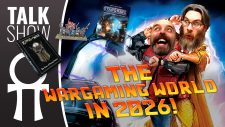






![Very Cool! Make Your Own Star Wars: Legion Imperial Agent & Officer | Review [7 Days Early Access]](https://images.beastsofwar.com/2025/12/Star-Wars-Imperial-Agent-_-Officer-coverimage-V3-225-127.jpg)




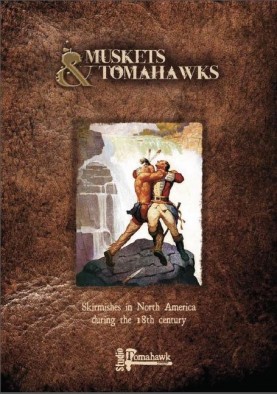
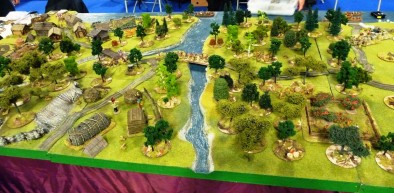
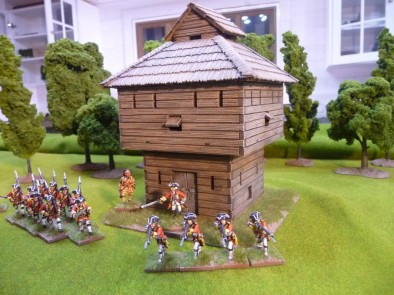

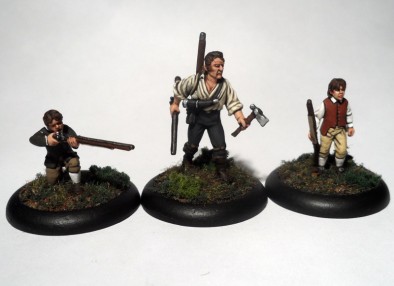
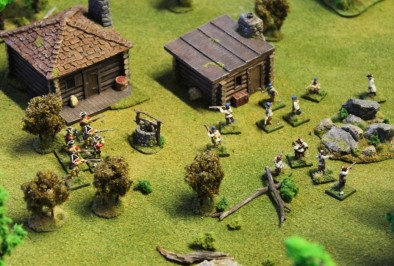
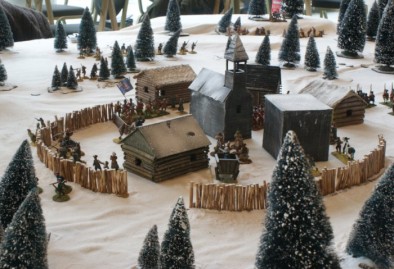
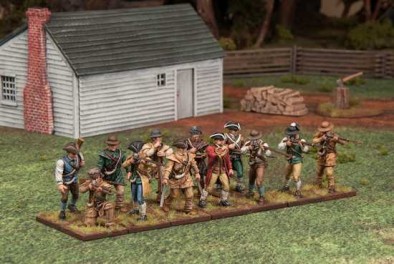




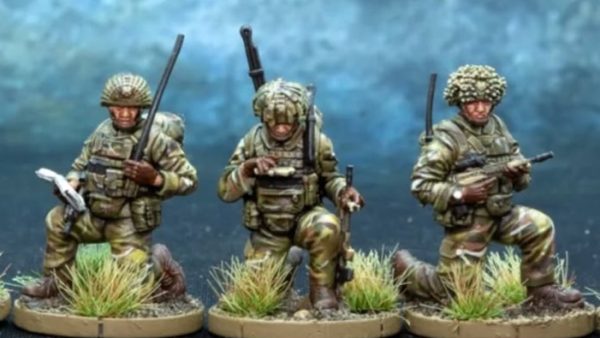
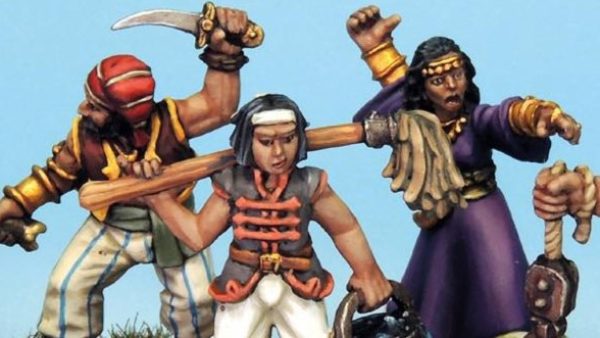
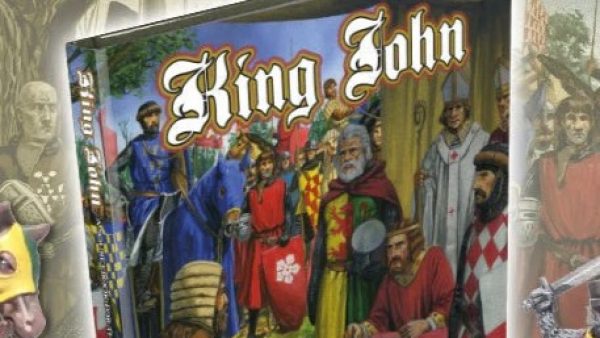
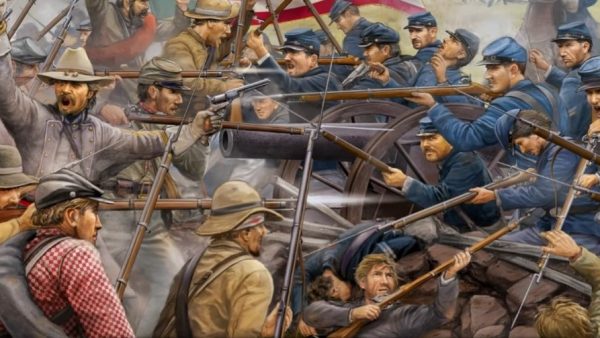


























May I be so bold as to suggest that figures larger than 25/28/28+/32mm be considered for this period.
Miniature Service Center has avery beautiful line of 40mm figure at very reasonable prices.
http://miniatureservicecenter.com/msc-40mm-drawings.htm
And one local fellow does his FIW in 54mm.
http://cluckamok.blogspot.com/search/label/French%20and%20Indian%20War
I’m a big fan of using different scales for games. Use whatever suits your personal preferences
Great articles and a pleasure to read. I do like the first table picture setup, it looks like it has all the right feel for the period.
I’m frantically painting Indians at the moment just to get started in this period and rule set.
M&T is one of my favourite rulesets. I knew nothing of the period (other than having watched Last of the Mohicans 20+ years ago) so was a bit apprehensive, but really there was nothing to fear. It was easy to get an army together (maybe 30 models) without having to get to grips with a load of history first, and as has been mentioned, the scenarios and side plots are fantastic. One of the best I have had the pleasure of playing. Well worth it, particularly now there are some plastics on the market.
Do i see there Mel Gibson with kids, from the Patriot ??
No you don’t you see Nothing! It just happens to look exactly like them 😉
If you’re interested you can get the “Man with Kids” from here
http://www.zombiesmith.com/products/american-hero-and-sons
sounds like an easy fun game to get into.
I heard them refer to this game on The Independent Characters…I thought they were just referring to this period for historicals in general.
Here is the source of one of the pics. Anatoli has over thirty posts about the period. That is my recommended source of joy. http://anatolisgameroom.blogspot.se/search/label/French%20and%20Indian%20war
I’m in a few of the battle reports too:)
Great article, and M&T sounds like a great system. I like the top banner photo, too . . . is that Lexington Greene? That looks like Captain Parker wearing his old British uniform in the center?
That is the display pic used for advertising the box by Wargames Factory. I have a feeling it’s based around Lexington maybe he should be modeled coughing then we’d know for sure. One Day I will have the time/space to set up Lexington in 28mm at 1:1 Scale. We can all dream
Getting the rules in the post because this has always been a historical period I wanted to know more about.
Seeing as it doesn’t require hundreds of miniatures to play, I am hoping to find it to be a relatively cheap and quick game to get into.
Bargains seem few and far between for miniatures specific to the French Indian Wars.
Has anyone used the Warlord Games “Woodland Indian Tribes” plastic box set for use for French Indian Wars gaming? The box says they are for the American War of Independence era. Is there anything in there making them glaringly out of era for the earlier conflict?
They should be fine. I don’t own them but I’ve seen some and they are nice models.